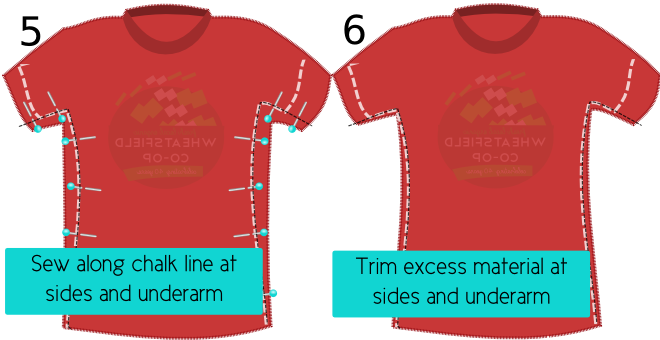 |
| CLICK HERE for more views of the finished product on at my Etsy store! |
So I decided it was high time for another shoe tutorial! I haven't been completely lazy this last month or so though, my friends, I just didn't take the time to make a tutorial for my most recent project, an pair of leather flip-flops that are amazingly comfortable!!!
I had hoped to make a tutorial for these, but then I got sucked into a fun fairy tale theme painting project and have spent the last few weeks consumed by that project!
 |
| some of the projects... |
Do not worry, I will catch up some time soon and add a post about these, as they were super easy and a fun project for an afternoon or so. However, I just finished making a pair of traditional Ojibwe style pucker toe Moccasins, and have the tutorial images ready to go, so here we go!
For this project you will need:
- paper
- sharpie marker
- awl
- sinew
- needle (preferably a leather needle)
- 4-5oz deerskin
- thick cow hide or rubber for solesif desired
The Ojibwe tribe used soft-soled moccasins for several good reasons. First and most obviously, the deerskin used was readily available, and one of the best materials around for making shoes in those days. More importantly, however, the soft sole allowed one to be very quiet while walking through the woods, which was essential when hunting or scouting for danger. In addition, being animal skin, it was very breathable. This made them cool in the summer, and warm in the winter. Another plus is the deerskin molds to the shape of your foot after a few times wearing, which results in a very comfortable piece of footwear! I recommend using something between 4-5 oz leather for this project. Deerskin or elk hide make very nice moccasins in my experience.
The pattern is relatively simple, and very easy to adjust to each and every persons' individual shoe shape. As with most shoe patterns, it all starts with a simple foot tracing. Use a piece of paper or two taped together. Alternatively, you could use a paper grocery bag or another larger piece of paper you have. Be sure to smooth out any crazy shapes, like individual toe bumps and any bumps made accidentally by your ankle as you trace your foot. Draw a line splitting the shape in half horizontally and vertically. The horizontal line is a perfect spot to start the ankle portion of the shoes, so we will add that later here. The vertical line is useful for getting the heel centred, as well as a good mark for ensuring an even pucker as you sew the moccasins together.

I would suggest cutting this piece out and tracing it onto two other pieces of paper. That way you can have one original you can save for later, or use to cut out a sole from thicker leather (7-10 oz cowhide recommended). Piece two can be used to make the upper or top piece. The third piece can be used to make the lower part of the moccasin.
Below is the top part of the moccasin, no seam allowance is needed, as there will be plenty extra on the bottom, and it will stretch a fair bit since they are made out of leather. The curve starts at the horizontal line. It doesn't have to be curved, it could be straight across, just looks prettier with the curve in it. Mark at horizontal line will help you get it lined up with the bottom part when sewing. You could also mark at the vertical point for more precise gathering later.
Next for the bottoms, mark 1 inch from the tracing round the top part of the foot. Once you have reached the widest part of your foot, draw the line straight,running straight back to the back line. Add 3/4 inch to the edge behind the horizontal line. This will be the cuff around the ankle. Also mark this spot. This way you will be able to line it up with the uppers/top part. Also mark the vertical mark if you want just like the top for precise gathering.
When cutting out the leather, place on the leather as close as you can to the center back of the animal hide. This is where the skin is the thickest, and therefore most sturdy for wear and tear. Place it so the stretch is horizontal. You will not want your shoes to get too long when they stretch! Also remember to flip the pattern over so you make both a left and a right shoe!!!
Generally, I trace them with a permanent marker and the cut them out using a sharp pair of scissors. This is how they looked on the piece of leather I bought.
I will post a
part two tomorrow on the assembly part for the moccasins. Yawn, but time to go to bd for now! :) Have a lovely night, and happy happy shoemaking!
Links I used to make my pattern:
Indian Moccasins
Native Tech
Wilderness Survival Skills
Update: I just made another moccasin tutorial with an adjusted pattern for
Baby Size Moccasins for anyone interested in making some for their little bundle of joy!

































